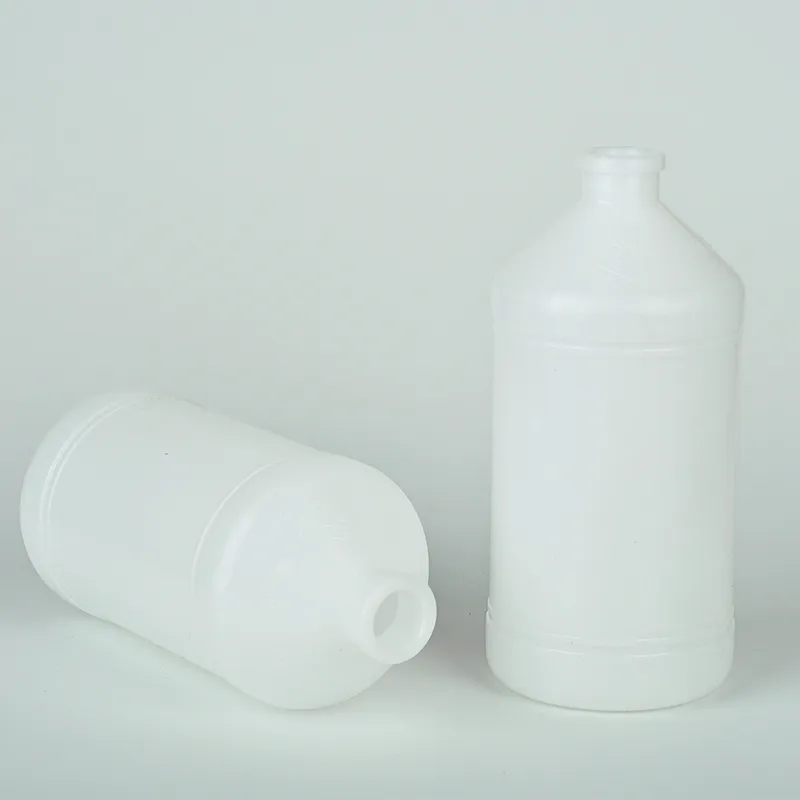https://www.wahmg.com/)">
Types of Blood Sample Collection Tubes for Effective Testing and Storage
Types of Blood Sample Collection Tubes for Effective Testing and Storage
Different Types of Blood Sample Tubes A Comprehensive Guide
Blood sample tubes are essential tools in clinical laboratories, guiding the processes of sample collection, storage, and analysis. The choice of a specific type of tube can significantly affect laboratory results; thus, understanding the various types of blood collection tubes is crucial for healthcare professionals, researchers, and laboratory technicians.
1. Color-Coded Tubes Understanding the Different Types
Blood collection tubes are often color-coded, each color representing a specific additive that influences the treatment and analysis of the blood sample. Here are some commonly used types of blood sample tubes
- Red-top Tubes These tubes contain no additives and are primarily used for obtaining serum. They are ideal for serological tests and certain chemistry panels, as the absence of additives ensures no interference with the assay results.
- Blue-top Tubes Containing sodium citrate, these tubes are used for coagulation studies. Sodium citrate acts as an anticoagulant by chelating calcium ions in the blood, which is critical for tests such as PT (Prothrombin Time) and aPTT (Activated Partial Thromboplastin Time).
- Green-top Tubes These tubes contain heparin, another type of anticoagulant. They are suitable for studies that require plasma or specific biochemical analyses. Heparin is preferred for tests like plasma electrolyte and certain enzyme tests, as it offers minimal interference with the results.
- Lavender (or Purple)-top Tubes Containing EDTA (Ethylenediaminetetraacetic acid), these tubes are commonly used for hematology tests. EDTA is a powerful anticoagulant that preserves blood cell morphology, making it ideal for complete blood counts (CBC) and blood smears.
- Gray-top Tubes These tubes typically contain sodium fluoride and potassium oxalate. They are often used for glucose testing, as sodium fluoride helps preserve glucose levels in the sample, preventing glycolysis that could lead to falsely low glucose results.
2. Importance of Proper Tube Selection
blood sample tube types

Choosing the right blood sample tube is essential for obtaining accurate and reliable test results. Each type of tube is designed for specific tests, and using the wrong tube can lead to sample contamination, hemolysis, or incorrect interpretations. For instance, utilizing a lavender-top tube for a chemistry panel may lead to erroneous results due to the EDTA's interaction with certain assay methodologies.
Laboratory technicians and healthcare professionals should be trained in the significance of each tube type and its corresponding use. Additionally, adhering to proper venipuncture techniques and handling procedures can further enhance the quality of blood samples.
3. Tube Fill Levels and Handling Considerations
Different blood tubes often require specific fill levels to ensure accurate results. Overfilling or underfilling can affect the blood-to-additive ratio, leading to test inaccuracies. For example, blue-top tubes, which are used for coagulation studies, require specific fill volumes to maintain the integrity of the anticoagulation process.
After collection, blood samples should be gently inverted several times to mix the blood with the additive thoroughly. This step is crucial in preventing clot formation in anticoagulated tubes, ensuring that the sample remains suitable for testing.
4. Innovations in Blood Collection Tubes
Recent advancements in blood collection tube technology have focused on enhancing stability, reducing contamination, and improving ease of use. For instance, some manufacturers now produce tubes with built-in separators that allow for quicker serum separation, speeding up the process of preparing samples for analysis. Innovations in materials, such as the use of glass or advanced plastics, aim to minimize interference and enhance the preservation of biological samples.
Conclusion
In summary, understanding the different types of blood sample tubes and their specific applications is vital for any professional working with blood samples. The correct selection, handling, and processing of these tubes play a significant role in ensuring accurate laboratory results, ultimately impacting patient care and management. As techniques and technologies continue to evolve, staying informed about the latest advancements in blood collection practices will enhance the efficacy of laboratory diagnostics.
-
Wholesale Plastic Juice Bottles with Caps 16 oz Options Available Bulk Packaging SolutionsNewsJun.10,2025
-
Laboratory Apparatus Reagent Bottle – Durable & Chemical Resistant Bottles for Safe StorageNewsJun.10,2025
-
Squeezable Dropper Bottles Durable, Leak-Proof & CustomizableNewsMay.30,2025
-
Affordable Plastic Petri Plates Sterile & Disposable Lab-GradeNewsMay.30,2025
-
Eye Dropper Caps Precision 24/410 & Plastic Bottle-Compatible TipsNewsMay.30,2025
-
Affordable Mini Spray Bottle Price & Wholesale Deals Shop NowNewsMay.29,2025





















